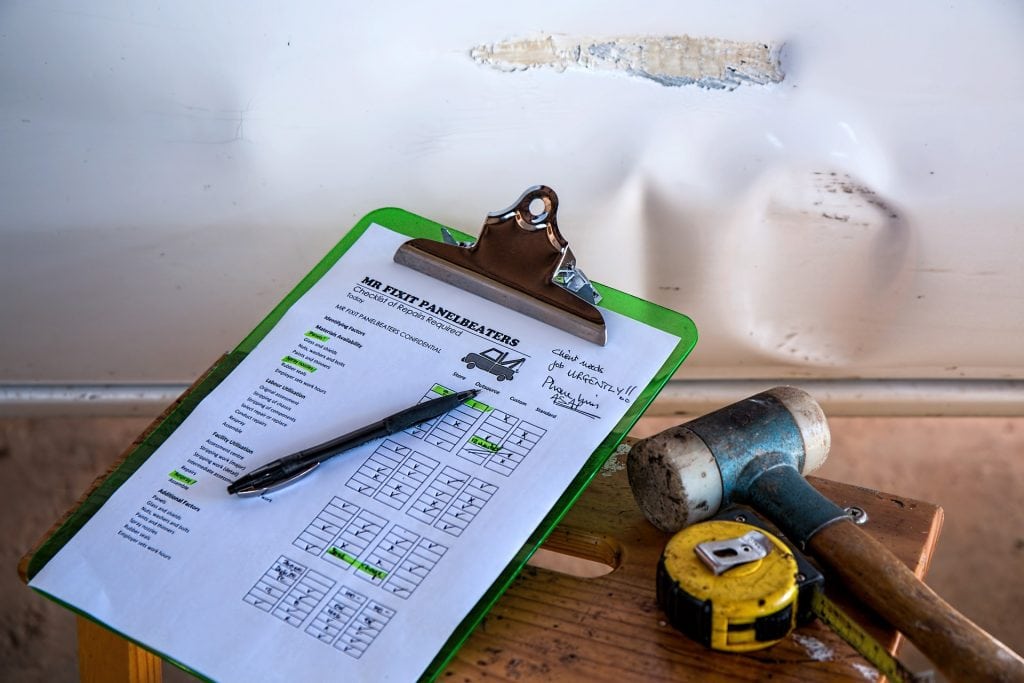 As with any industry, when you’re writing a resume, it’s vital that you remember that you’re writing the first impression that your potential new employer will make of you. When it comes to an automotive technician, you’re also going to have to remember that specific details are essential if you want to secure the vacancy.
As with any industry, when you’re writing a resume, it’s vital that you remember that you’re writing the first impression that your potential new employer will make of you. When it comes to an automotive technician, you’re also going to have to remember that specific details are essential if you want to secure the vacancy.
By creating a strong resume gives you everything you need to ensure you get a job quickly or searching for many months, potentially damaging your finances. Not sure where to start? Here’s everything you need to know about writing an automotive technician’s resume.
Start With the Essentials
As with any resume, right at the very top, you’ll want to make sure that you include all your personal information and contact details. We put this at the top, so your employer can easier find and identify your resume from the rest and makes it easy to get in touch with an interview offer.
Within this section, be sure to include your name, your address, your contact number, your mobile number (if not the same), your email address and maybe even social media profile links, such as LinkedIn, if you feel it’s necessary.
Write a Professional Summary
In the next paragraph, this is the first paragraph your recruiter will read, so it’s vital that you grab their attention instantly. You’ll want to describe yourself briefly, no more than two or three sentences, stating information such as how long you’ve worked in the industry, what kind of worker you are and, briefly, what kind of certifications you have.
Highlighting Your Abilities
After a quick introduction of yourself, it’s time to move onto your skills and abilities which is what your employer really wants to see. You can create this in a list form, using bullet points to make it easy and fast for the recruiter to read and absorb the information.
Consider how many resumes these departments read every day.
“Start by stating the most beneficial skills you have or the skill that you achieve highest in. It doesn’t matter what this skill is, just be sure to put it first as this will be the first item they will see, and therefore you want them to know about it, instead of risking putting it at the end, and they don’t see it,” suggests Anna Jolston, resume editor.
You may also want to research what kind of company you’re applying for, and you’ll, therefore, be able to list your skills to match what the company wants. For example, if the company is looking for someone who’s trained in diagnosis and repairs, make sure you put this skill first.
Don’t forget to include less obvious information that companies will be looking out for, such as being a people person, your own driving record and educational benefits, such as being good at maths.
Use Tools for Quality
When it comes to writing your resume, you want to make sure that it’s perfect and free from errors. Having spelling mistakes and typos will only mark you down. Here are some tools that can help you achieve this high-quality.
Via Writing – An online blog with all the information you need to improve your knowledge of using grammar properly.
Grammarix – Best online grammar checker.
Simple Grad – A writing blog that can help guide you through the writing process.
State of Writing – An online blog with a tonne of blogs and articles on everything writing-related.
Revieweal – A blog that reviews online writing websites.
Studydemic – An online writing guide full of tips and advice on writing professional resumes, as featured by the Huffington Post in Write Essays For Me.
Easy Word Count – A free online tool you can use for monitoring the word count of your resume.
Academadvisor – A writing service that can write your resume on your behalf.
Cite It In – A free online tool you can use to add quotes and citations to your resume with a professional format.
Include Your Experience
One of the final pieces of important information you must include in your resume is your experience. You don’t necessarily have to write them in chronological order, much like your skills, be sure to place the best place first and work down, including the dates and the responsibilities you had within that business.









